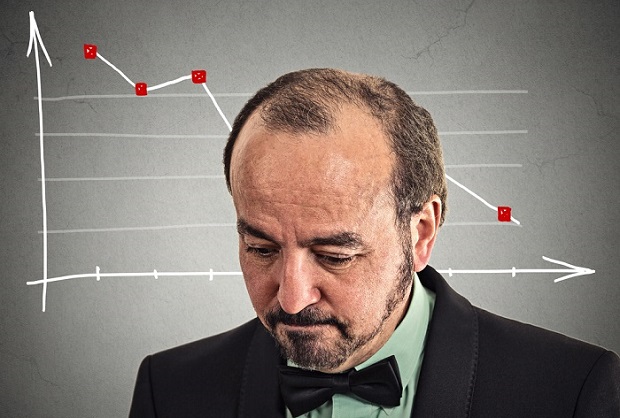 (Photo: Shutterstock)
(Photo: Shutterstock)
Although there may be a light at the end of the tunnel late next year, economists expect the economic downturn to linger well into 2023.
"It is our expectation that we will continue to see inflation gradually slow over the course of 2022 and into 2023," says Eric Lundh, principal U.S. economist for The Conference Board. "That being said, we do not expect the Fed to realize its 2% target even toward the end of next year. What this means in terms of monetary policy is that we will continue to the Fed's fund rate increase close to 4% in early 2023 and hold there."
Recommended For You
Lundh and Dana Peterson, the organization's chief economist, shared their insights during the Sep. 16 webinar "The Strangest Recession: Making Sense of the Economic Downturn." The United States is far from alone in its economic challenges, Peterson says.
"We see several trends dominating the current economic environment and also the outlook for the next 12 to 18 months," she says. "Certainly the pandemic is still a huge issue, particularly for China. It continues its dynamic zero-COVID policy, which results in shutdowns that disrupt not only commerce in China but supply chains abroad and causes higher inflation for many economies.
"We also have the war in Ukraine continuing to rage on. It's continuing to disrupt production of key materials such as food, energy, metals, cooking oils and gases that are affecting prices not only in the region but globally."
Other trends include supply chain disruptions; inflation; tightening of monetary policy by central banks; demographics and lingering pandemic effects buffeting labor markets. Peterson cites several risks that could contribute to weak global growth:
- Escalation of war/geopolitics
- Higher inflation
- Monetary and fiscal policy mistakes
- Recession
- Shortages (labor, raw materials, etc.)
- Industrial policies
- Green economic policies
"We don't call for global recession, but there certainly is a risk that that it could happen," she says. "We do call for recession in individual economies, including the United States and Europe. Ukraine and Russia already are in recession. For China, we expect very low growth this year and below their pre-pandemic growth rate for next year."
Like Lundh, she expects the U.S. recession to continue well into the new year.
"In the United States, we are expecting recession, basically because the Fed is engaging in very restrictive monetary policy to tackle inflation and return key gauges back to the 2% inflation target," Peterson says. "Our own forecast is for the Fed to raise the funds rate to the range of 3.75% to 4%, with a midpoint of 3.78%. We think that will cause the United States to go into recession. We already are seeing weakening in activity, certainly in housing and consumer spending. Consumers are shifting away from goods toward services, but we expect that services also will come under pressure."
Lundh agrees.
"As interest rates continue to rise and inflation comes down but still is an issue for consumers, we are anticipating an environment where consumer spending continues to slow and contract," he says. "Consumer spending is holding up more than a lot of people had expected, but we are concerned about the fourth quarter and the first quarter of next year.
"What we are envisioning at this point is a brief and mild recession. Once that period elapses, the U.S. economy should start to expand again toward the second half of 2023."
© 2025 ALM Global, LLC, All Rights Reserved. Request academic re-use from www.copyright.com. All other uses, submit a request to [email protected]. For more information visit Asset & Logo Licensing.






